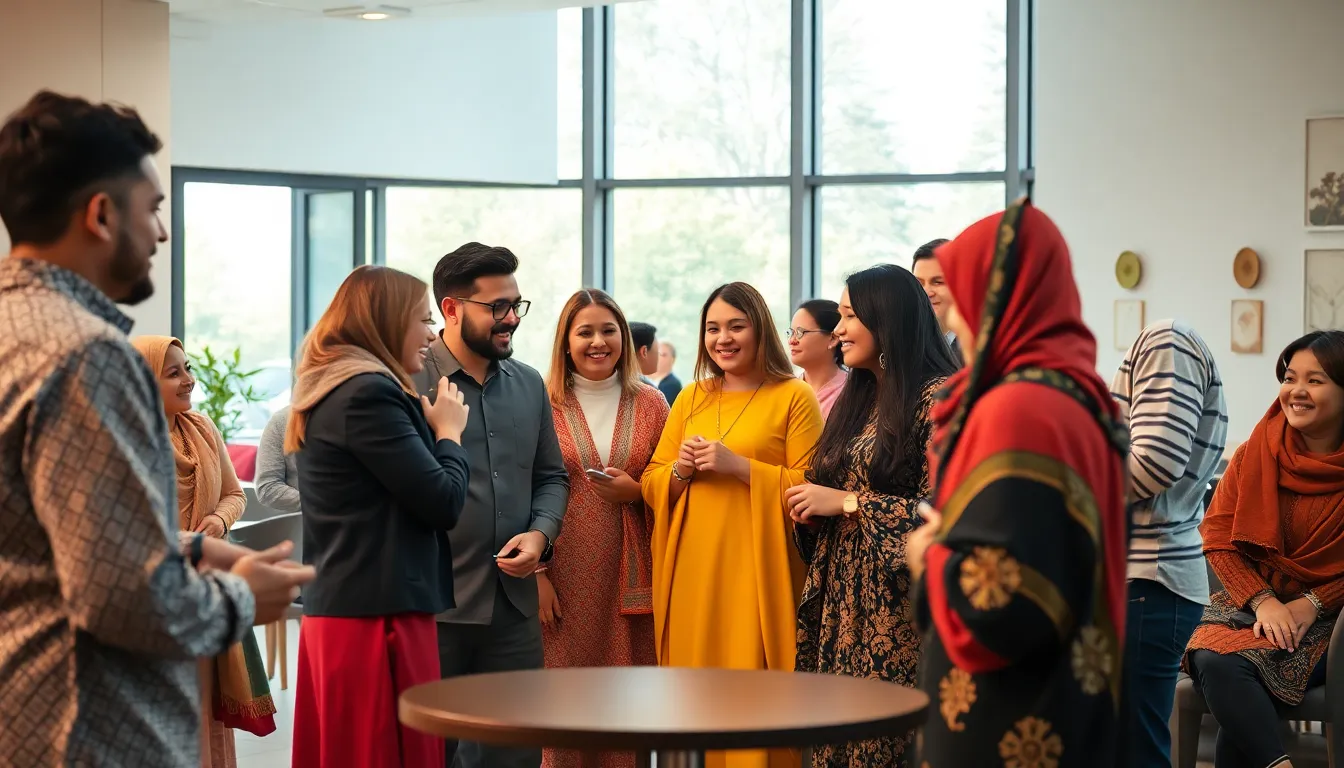Imagine a world where your every action is influenced by an enigmatic concept that sounds like it could be a secret code or a trendy new coffee drink. Welcome to the realm of Kläntür. Like a pastrami sandwich piled high with intrigue, this idea is layered with history, culture, and some delicious interpretations. The journey into the meaning of Kläntür is as rich and flavorful as the dish itself, so come along as we explore its origins and why it’s worth noting in today’s world.
Kläntür

Kläntür can be understood as a concept that encapsulates a unique blend of values and practices, characterized by its adaptability across various cultural contexts. At its core, Kläntür represents the intersection of tradition and modernity. It reflects how societies synthesize age-old beliefs with contemporary lifestyles. Fascinatingly, it often manifests in rituals, community gatherings, and social interactions, where its essence becomes palpable. Whether it’s an ancient custom or a new trend, Kläntür remains an ever-evolving notion that adapts to societal needs.
The Historical Background of Kläntür
To trace the origins of Kläntür, one must journey back in time. Its roots dig deep into various historical narratives and societal transformations. Emerging during a period when communities were closely knit, Kläntür served as a bonding agent for collective identity. It evolved through the ages, influenced by migrations, trade, and cultural exchanges. Significant events, such as festivals and celebrations, have shaped its significance in distinct locales. Over time, it has not only retained its relevance but evolved into a symbol of resilience for many cultures.
Cultural Significance of Kläntür
Kläntür holds a powerful grip on the cultural fabric of societies. Its importance can be observed not just in historical narratives but also in the modern era.
Kläntür in Modern Context
In contemporary times, Kläntür speaks to the values and practices that define community and identity. As globalization brings people closer, its significance has shifted, often merging with cosmopolitan ideals. Many contemporary movements adopt Kläntür elements, focusing on sustainable living and cultural appreciation. Whether through food, fashion, or art, Kläntür serves as a reminder of heritage in an increasingly homogenized world.
Artistic Interpretations of Kläntür
Artists continually find inspiration in Kläntür, using it as a theme in visual arts, literature, and performance. From poignant paintings that capture its essence to gripping novels that weave it into their plots, Kläntür offers a rich tapestry for creative exploration. Artists often symbolize Kläntür’s duality, reflecting both the struggles and triumphs associated with cultural identity.
Kläntür in Literature and Media
Literature and media play an essential role in the dissemination of Kläntür concepts. Writers and filmmakers frequently harness its essence to explore themes such as belonging, identity, and tradition versus modernity. Classic novels may depict the struggles of characters as they navigate transformations through the lens of Kläntür, providing a nuanced understanding of the human experience. documentaries and TV shows investigate into various cultures, shining a spotlight on Kläntür expressions globally, helping audiences appreciate its complexity.
Implementing Kläntür in Daily Life
So, how can Kläntür be woven into everyday life? Embracing the essence of Kläntür means honoring traditions while remaining open to modern interpretations. One can start by participating in local cultural festivals, which celebrate unique heritage. Engaging in community service or sustainability efforts also embodies Kläntür principles, fostering a sense of connection with others. Individuals can explore traditional crafts or culinary practices, allowing them to build deeper ties with their lineage. In this fast-paced world, Kläntür teaches the balance between honoring history and embracing change.

